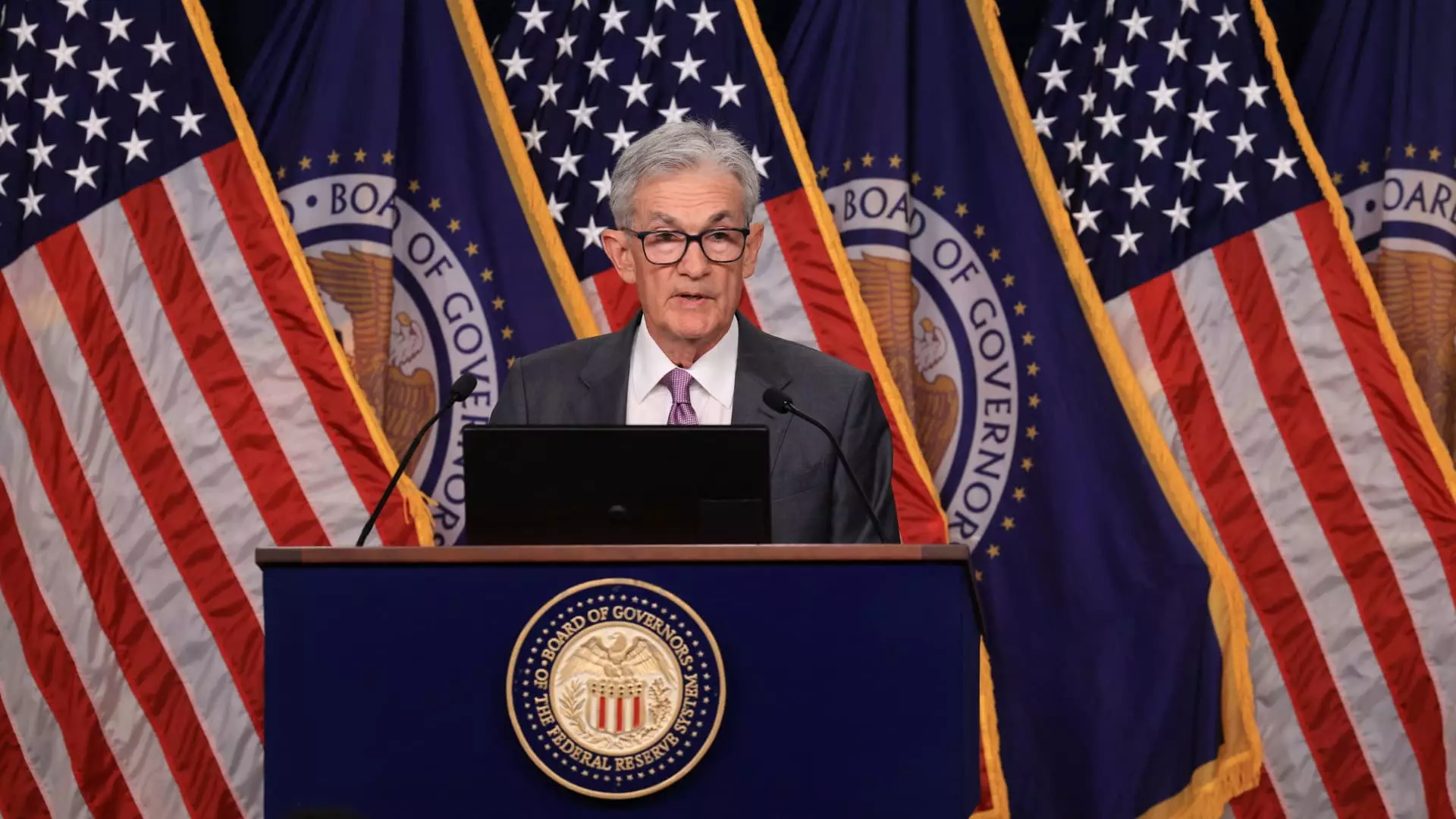The Federal Reserve has indicated a notable shift in its monetary policy, with expectations to lower interest rates by another half point before the conclusion of 2024. This decision arises amidst a backdrop of adjusting economic conditions and aims to provide further support to the recovering economy. As the central bank approaches its final two policy meetings of the year, the focus remains on fine-tuning the benchmark federal funds rate—currently set between 4.75% and 5%—to promote sustainable growth.
The latest insight from the Fed’s dot plot—a visualization of individual members’ projected interest rates—reveals that 19 members foresee a target rate of approximately 4.4% by year-end. This projection aligns with a broader vision of interest rates tapering to around 3.4% by 2025 and continuing their decline to 2.9% by 2026. Such forecasts reflect a cautious but optimistic approach, highlighting the committee’s belief in a gradual return to stability while keeping in mind the balance between inflation and employment goals.
In a recent press conference, Fed Chairman Jerome Powell emphasized the importance of a measured pace in policy adjustment, stating, “There’s nothing in the SEP (Summary of Economic Projections) that suggests the committee is in a rush to get this done.” His remarks underscore a commitment to evaluating economic conditions thoughtfully rather than reacting impulsively to short-term data.
Economic Factors Influencing Decisions
Significantly, the Fed’s decision to cut rates this past Wednesday marked its first reduction since the onset of the COVID-19 pandemic. The revised economic projections articulate a confident stance that inflation is steadily gravitating toward the Fed’s target of 2%, suggesting that the risks surrounding inflation and employment are more balanced than previously observed. This outlook is pivotal as it underlines the Fed’s commitment to fostering economic resilience amid ongoing challenges.
In a notable adjustment, the Federal Reserve has also revised its forecast for the unemployment rate, now projecting it to rise to 4.4% this year, an increase from a previous estimate of 4%. Conversely, the committee has adjusted down its inflation expectations, forecasting a decline to 2.3% from an earlier 2.6%. These modifications reflect the complex interplay of economic indicators that the Fed grapples with, highlighting the delicate balancing act between stimulating growth and curbing inflationary pressures.
As the Federal Reserve navigates these challenging waters, it remains steadfast in its approach, recognizing that economic processes evolve over time. The path toward interest rate adjustments will be methodical, with careful consideration of various economic factors shaping the future. The Fed’s willingness to adapt its strategies while maintaining its core objectives speaks to its overall commitment to economic stability, making it a crucial player in steering the nation’s financial trajectory in the coming years.

